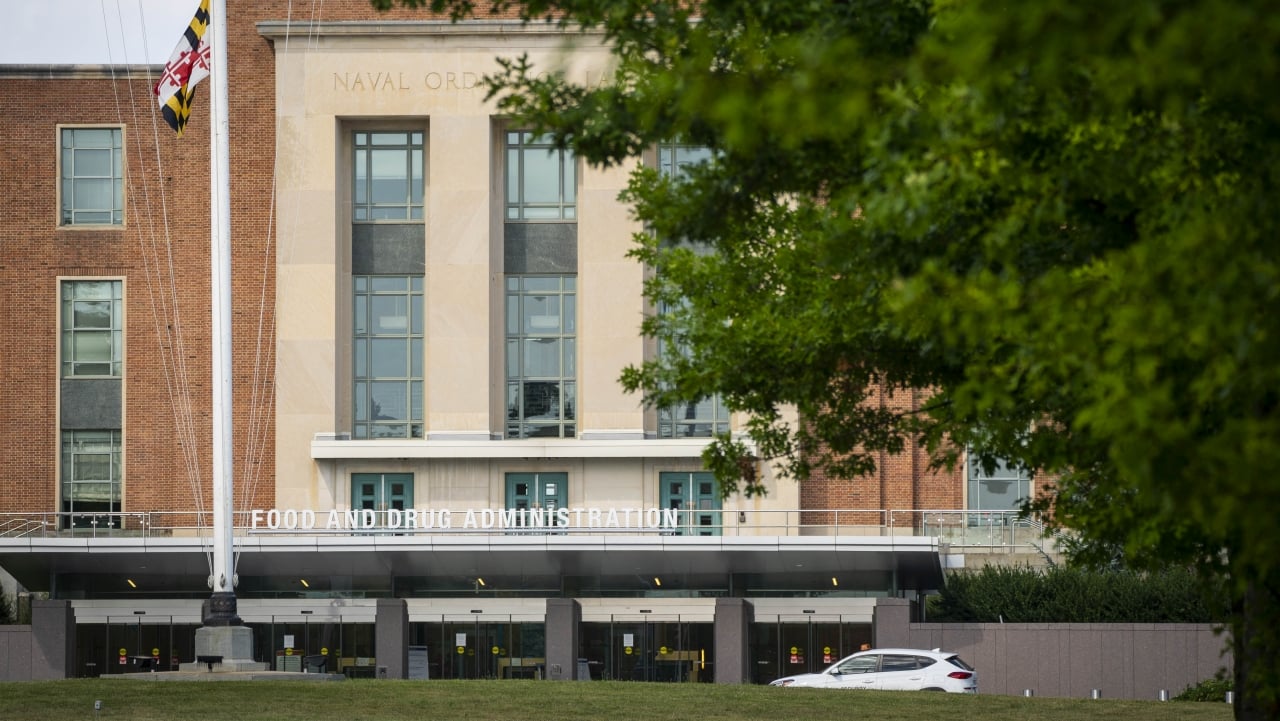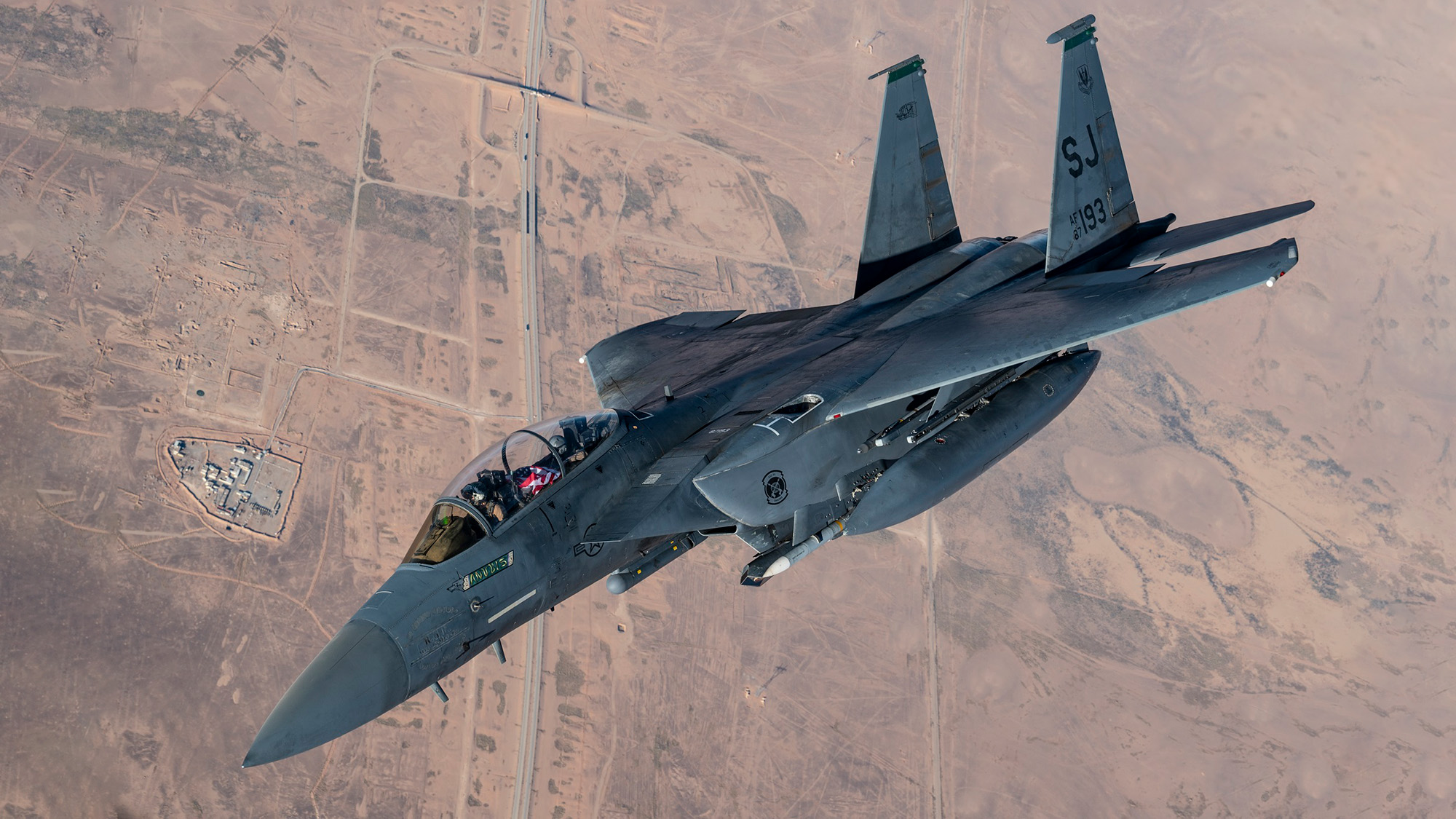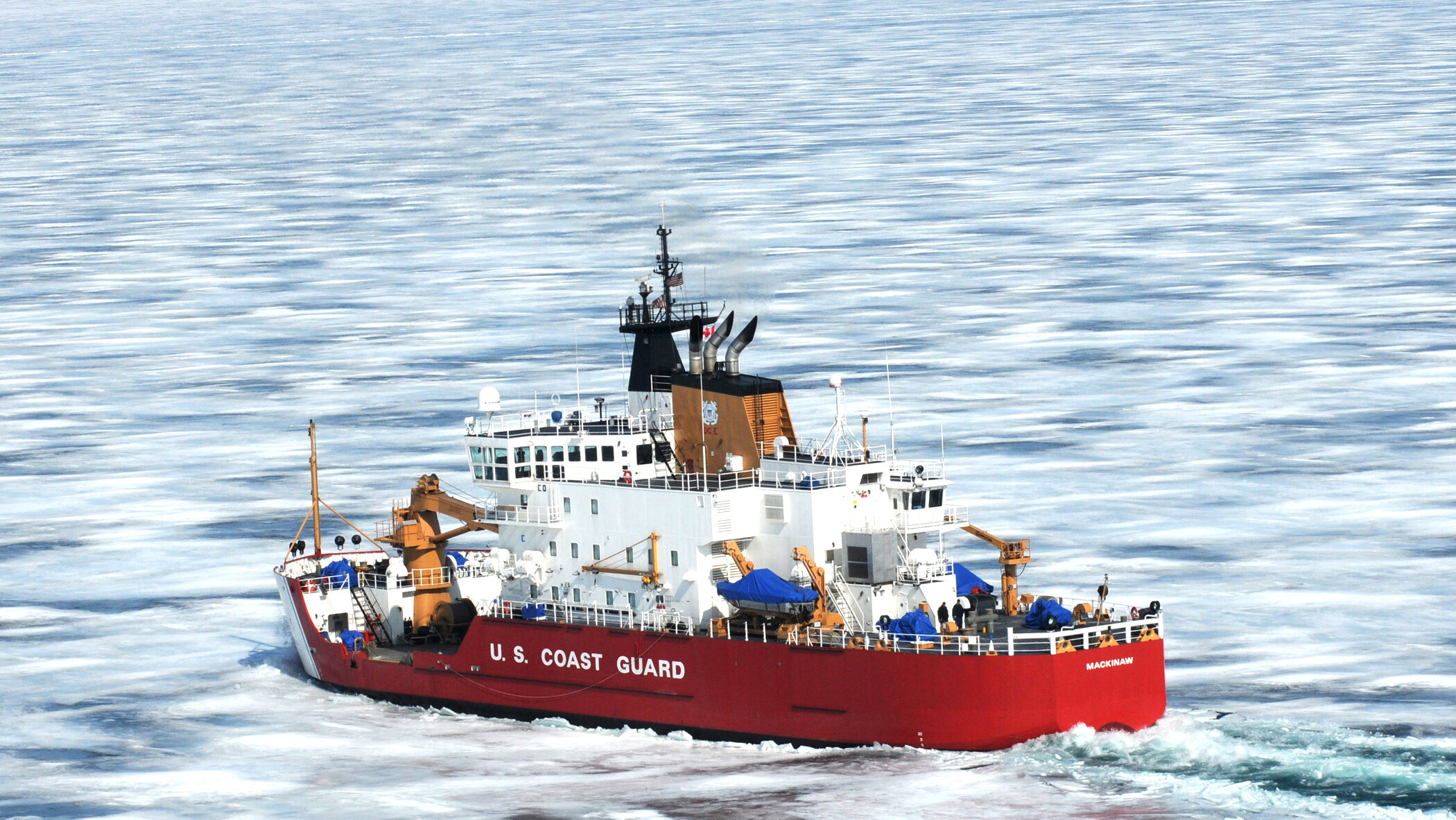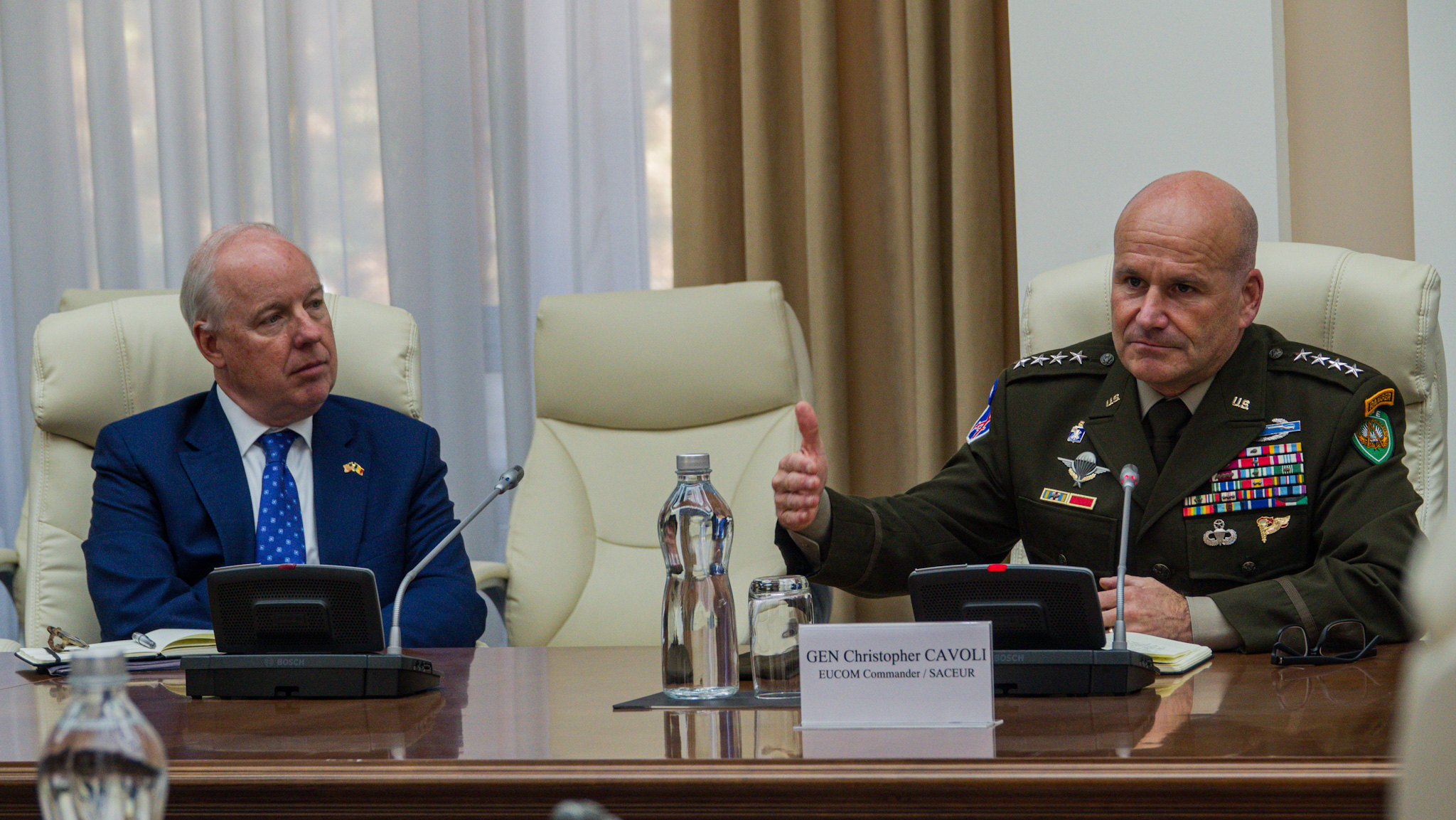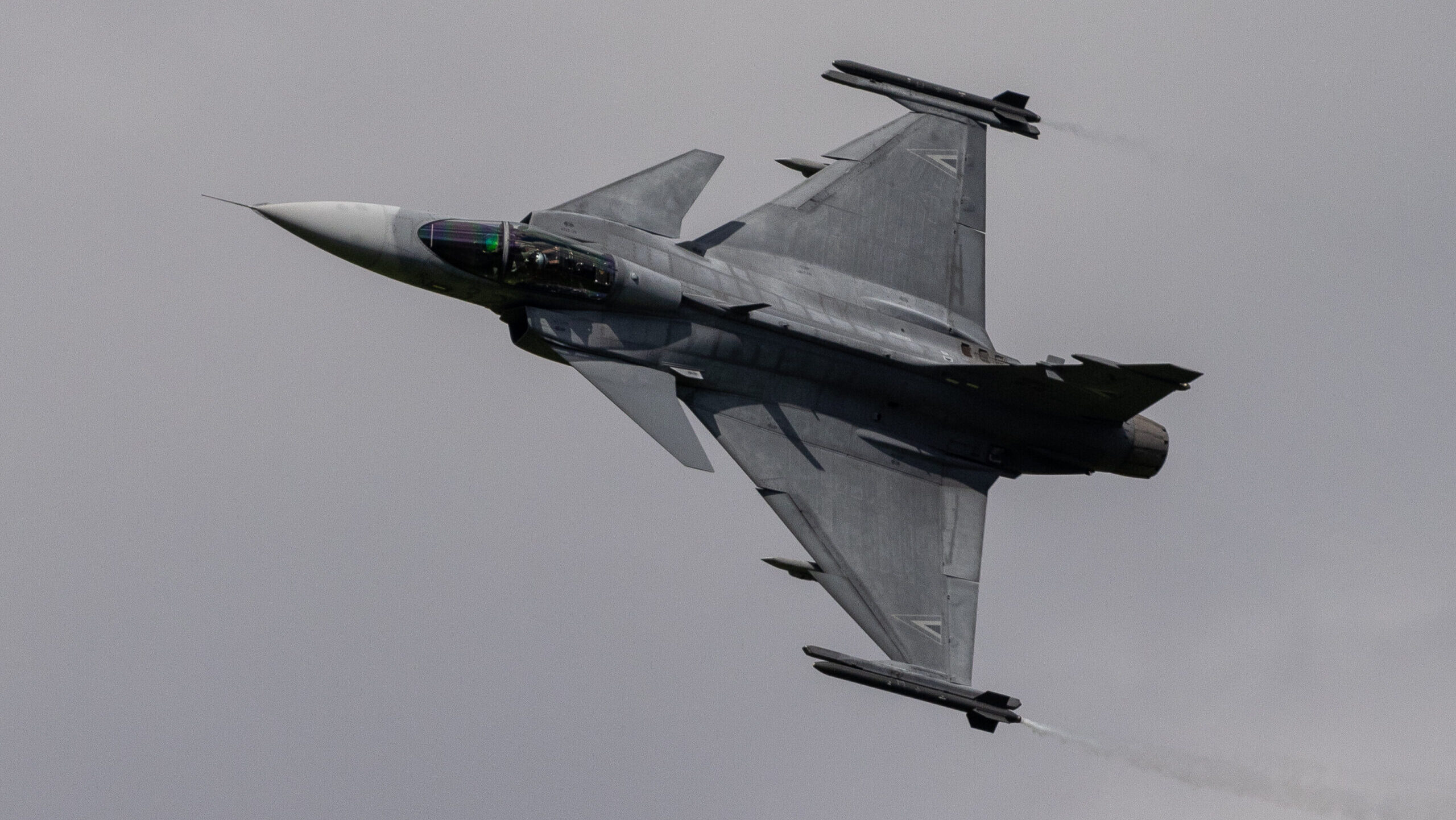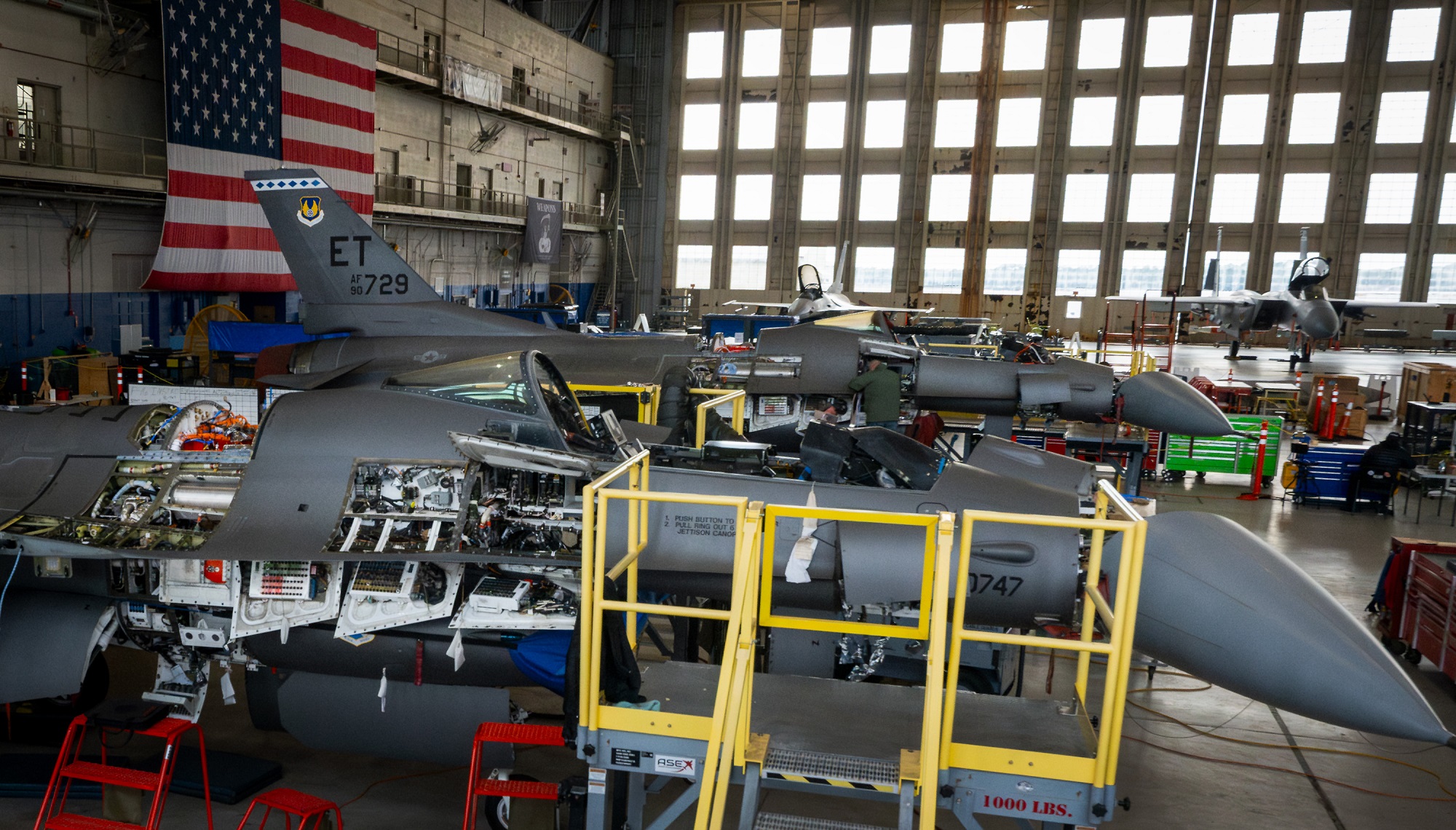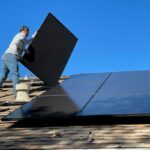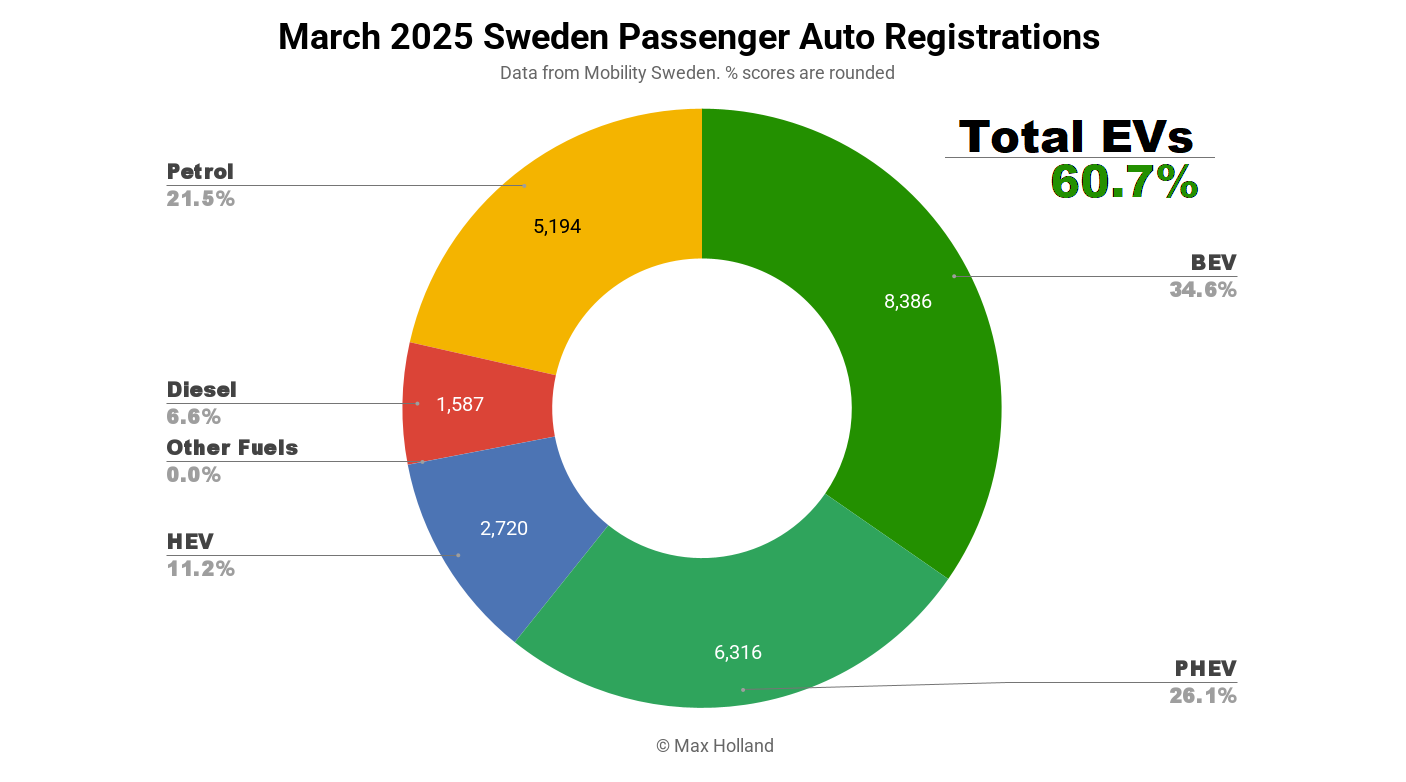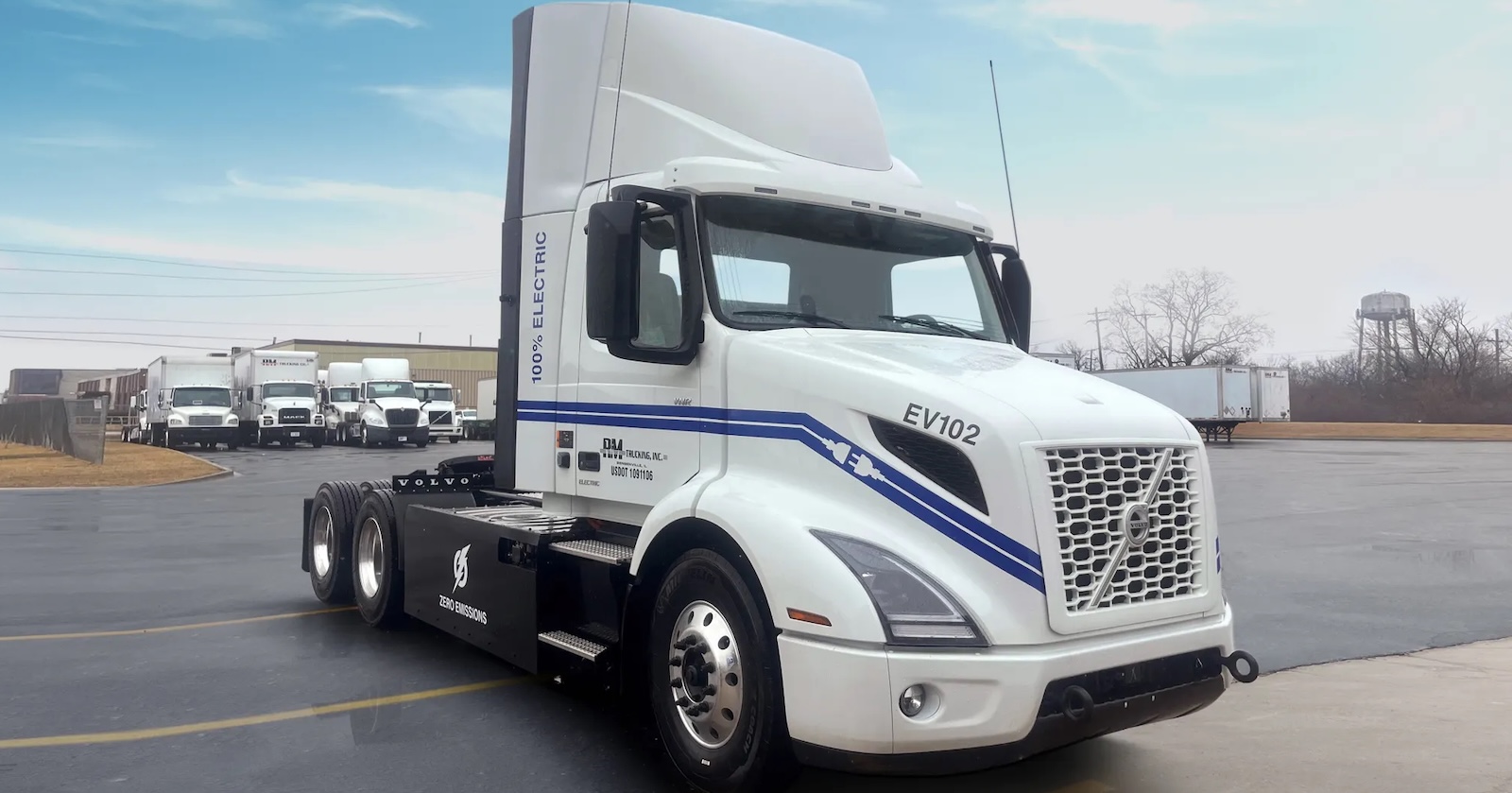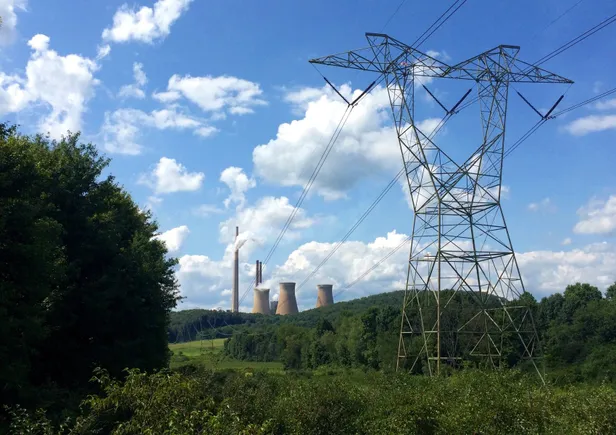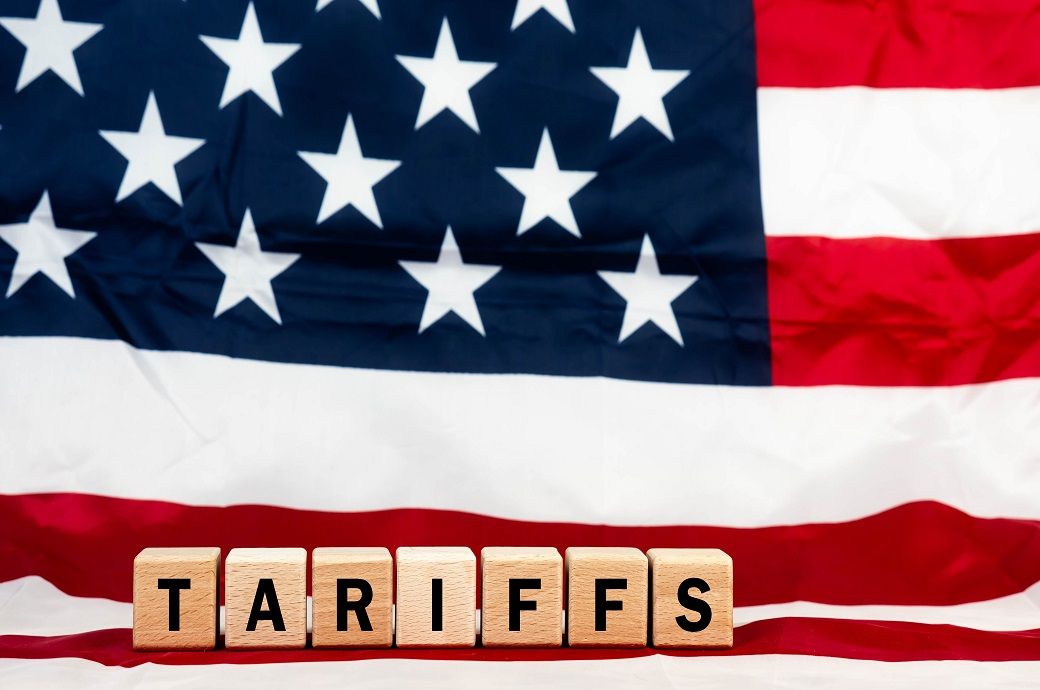A shipbuilder leans into lasers and emerging tech
HII CEO touts mission-systems business, downplays tariffs’ effects, and worries about the federal workforce.

“We're in all the right areas that are achieving growth and budget and so we’re able to capture that,” HII CEO Christopher Kastner told reporters on Wednesday. “We've got guidance of about 5 percent growth.”
Last year, the company’s Mission Technologies business grew nearly 9 percent, landing about $12 billion in contract awards once the work is completed, according to their fourth-quarter earnings report for 2024. The business saw a slight dip in fourth-quarter revenue—4 percent or $32 million—compared to 2023 due to fewer C5ISR contracts. But total revenue for 2024 hit $2.9 billion, an 8.8 percent increase over the previous year thanks to more cyber, electronic warfare, and C5ISR contracts.
Kastner said he was “bullish” on that side of the business, touting uncrewed vehicles as an area of potential growth. For 2025, HII expects revenue to remain steady around $3 billion.
Last month, the Army awarded HII a prime contract to develop a high-energy laser that can be used to shoot down uncrewed aerial systems. Kastner said the technology could have other uses across the military.
“We're the prime contractor for that development of that high-energy laser that we believe…if it’s successful we could use that for other services, potentially the Navy,” Kastner said. “We're not often thought of as a laser company, but that's part of the technology that we acquired when Alion came on board.”
The Newport News-based shipbuilder has been rebranding and broadening its scope in recent years with its Mission Technologies division to include more emerging technologies, such as cyber, electronic warfare, uncrewed systems, nuclear technologies, and data and analytics offerings. And it seems to be paying off.
Mission Technologies has delivered 700 underwater uncrewed vehicles, including delivering production units for the small UUV earlier this year.
“They've really started to establish a rhythm in our uncrewed organization, and we have high hopes for them this year," Kastner said. “We really have the only production vehicle in place. It's a very stable, long-term contract for just starting our production run. So we have a very good demand signal right now. I'm also very proud of the medium sized UUV that we have in place, where it was the first underwater launch and recovery from the Virginia-class submarine.”
Kastner also floated the idea of contributing to the Trump administration’s Golden Dome missile-defense project on the data side of things.
“We understand data will be important, and we have some really interesting platforms that we now utilize for other customers that are very flexible, that can be utilized. So we're paying attention to it, but we're not working on anything directly for it,” he said. “We are being very thoughtful in how we invest our money, our IRAD dollars, in Mission Technologies, to ensure that this high-energy laser project is successful and invest in commercial variants like the [IONIC] Big Data platform, which is a data fabric utilizing AI that can be used for JADC2. And if that plays into a Golden Dome concept relative to sharing data and managing data, that's something we can participate in.”
Impacts of tariffs, federal layoffs
The White House imposed widespread tariffs on imports Wednesday and previously announced tariffs on steel and aluminum. But the shipbuilder isn’t concerned about the effect of tariffs, except its potential impact on the workforce.
“So we're obviously a little different. We buy and build in America,” Kastner said. “Ultimately, if tariffs bring more manufacturing in the United States and creates more jobs for manufacturing workers in the United States, I'm happy, because we need to broaden that base.”
The company said HII doesn’t buy foreign steel, except from Australia, which was purchased for training at the Newport News Shipbuilding Apprentice School. The steel used in shipyards comes from Indiana, Pennsylvania, and North Carolina.
But he is less optimistic about the potential effects of the Trump administration’s efforts to shrink the federal workforce.
“We haven't seen the impact yet, quite honestly. We're concerned about it because of the volume of contract actions that we have over the next couple of years. There's a talented group of contracts and program professionals at NAVSEA that if they were impacted and slowed everything down, it would be a challenge. But we just haven't seen it yet,” Kastner said.
The loss of Navy technical talent in executing shipbuilding contracts would be particularly challenging for nuclear programs, Kastner said.
“For the technical people within SUPSHIP, that would [have] an impact as well. We think about quality. Think about the authorities that are resident in a nuclear shipyard. We need to make sure that we continue to keep the nuclear team in place, because it's very hard to find people that are that talented in the nuclear side of the business. You just don't go find someone off the street that understands how to manage a nuclear program,” he said. ]]>









































































